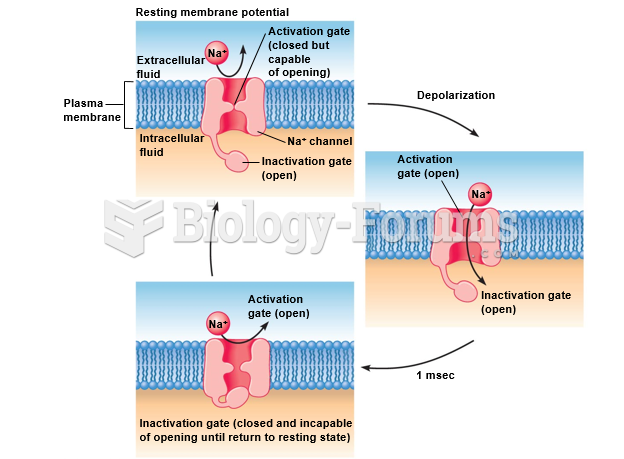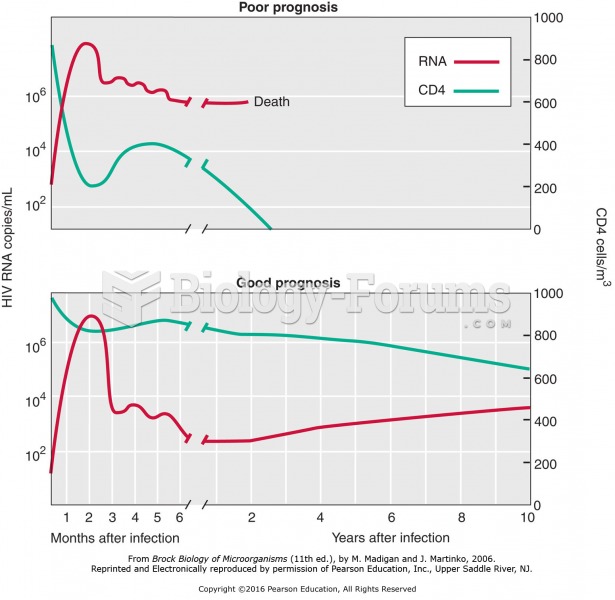This topic contains a solution. Click here to go to the answer
|
|
|
Did you know?
People with alcoholism are at a much greater risk of malnutrition than are other people and usually exhibit low levels of most vitamins (especially folic acid). This is because alcohol often takes the place of 50% of their daily intake of calories, with little nutritional value contained in it.
Did you know?
Symptoms of kidney problems include a loss of appetite, back pain (which may be sudden and intense), chills, abdominal pain, fluid retention, nausea, the urge to urinate, vomiting, and fever.
Did you know?
There are 20 feet of blood vessels in each square inch of human skin.
Did you know?
The average adult has about 21 square feet of skin.
Did you know?
Everyone has one nostril that is larger than the other.







